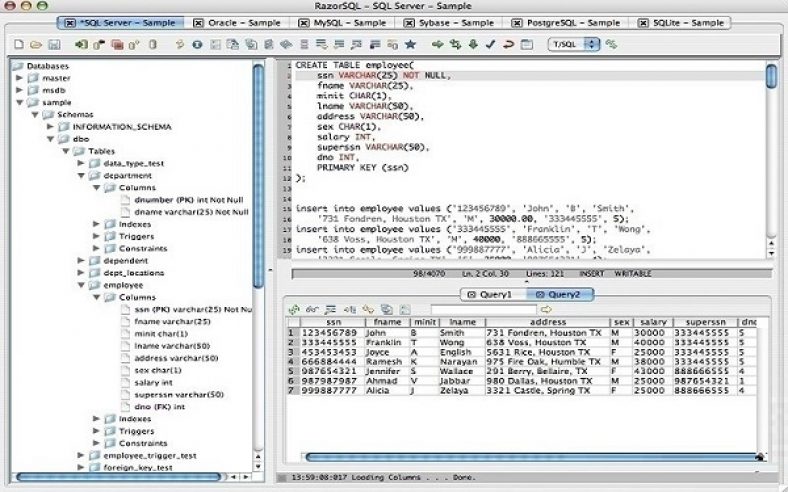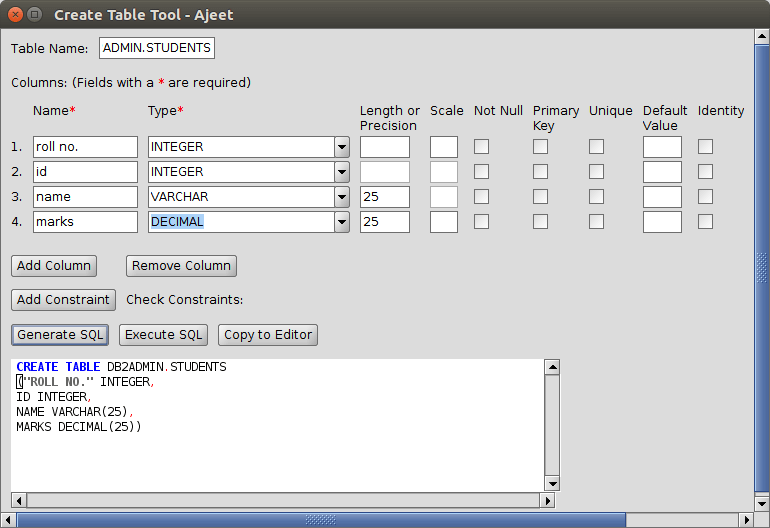



SELECT *, ROW_NUMBER() OVER (ORDER BY state) AS Row_NumberĬOUNT(customer_orderofcount) OVER(PARTITION BY Customer_city) AS customer_CountOfOrders,ĪVG(customer_order_amount) OVER(PARTITION BY Customer_city) AS Avgcustomer_OrderAmount from CUSTOMER_ORDER_DATA ĪVG(customer_order_amount) OVER(PARTITION BY Customer_city) AS Avgcustomer_OrderAmount, ROW_NUMBER() OVER( PARTITION BY exp1,exp2. Not necessarily, we need a ‘partition by’ clause while we use the row_number concept. It is used to provide the consecutive numbers for the rows in the result set by the ‘ORDER’ clause. We use ROW_NUMBER for the paging purpose in SQL. ROUND (AVG(loan_amount) OVER ( PARTITION BY loan_status )) AS avg_loan_amount FROM ROUND (AVG(Amount) OVER ( PARTITION BY Trip_no )) AS avg_trip_amountīelow the partition by condition is applied as per the ‘loan_amount’ partitioning by the ‘loan_no’. Here once we apply the ‘PARTITION BY’ join we get the common rows between two tables.īelow is the partition by condition applied as per the ‘amount’ partitioning by the ‘trip_no’. Let us take two tables as below and implementationīelow are “Package” and “Loan” table.


 0 kommentar(er)
0 kommentar(er)
